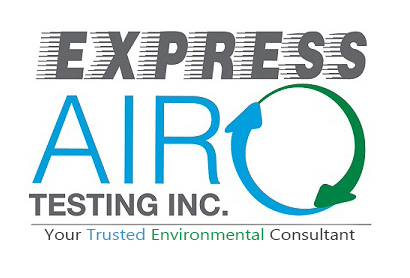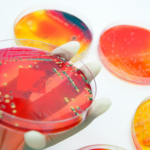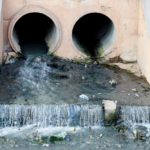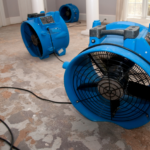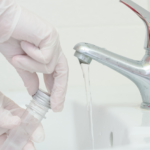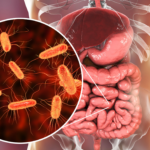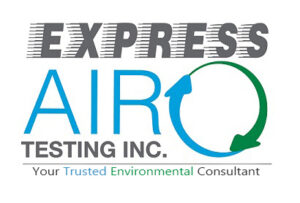What is Bacterial Matter
Wastewater can contain many microorganisms (pathogens), which can cause diseases and illnesses. Wastewater contamination can happen for many reasons, including plumbing failures such as; clogged pipes, sewer backups, kitchen drains, etc. An incomplete or inadequate job of cleaning and disinfecting wastewater contamination may leave a residue that can be a substrate for disease-causing microorganisms. The assumption must be that potential pathogens are present in the contamination and a visual inspection is not sufficient. A more detailed microbial sampling should be conducted post-cleanup. Wastewater from a typical household might include toilet waste, used water from sinks, baths, showers, washing machines, dishwashers, and anything else that can be put down the drain or flushed down the toilet.
Why Testing is Recommended and Health Effects
Disease-causing organisms (pathogens) from humans can enter a community’s wastewater from patients at hospitals or from anyone who is sick or a carrier of a disease. Carriers may not have symptoms or even know they have a condition. Exposure to sewage increases the risk of contracting gastrointestinal and other related illnesses, including Covid-19. However, when sewage contamination occurs, these pathogens and other intestinal organisms can also be transmitted through air, water and food.
Testing Process
Testing for sewage contamination generally involves analysis for organisms that are called “indicators.” The best indicators to test for fecal contamination are E. coli and Enterococci because they are generated in high numbers only in the lower intestines of warm-blooded animals. When testing, we use ATP surface swab samples or viable (cultured) swab samples. We also conduct a visual assessment for signs of visible bacterial contamination in the affected area.
